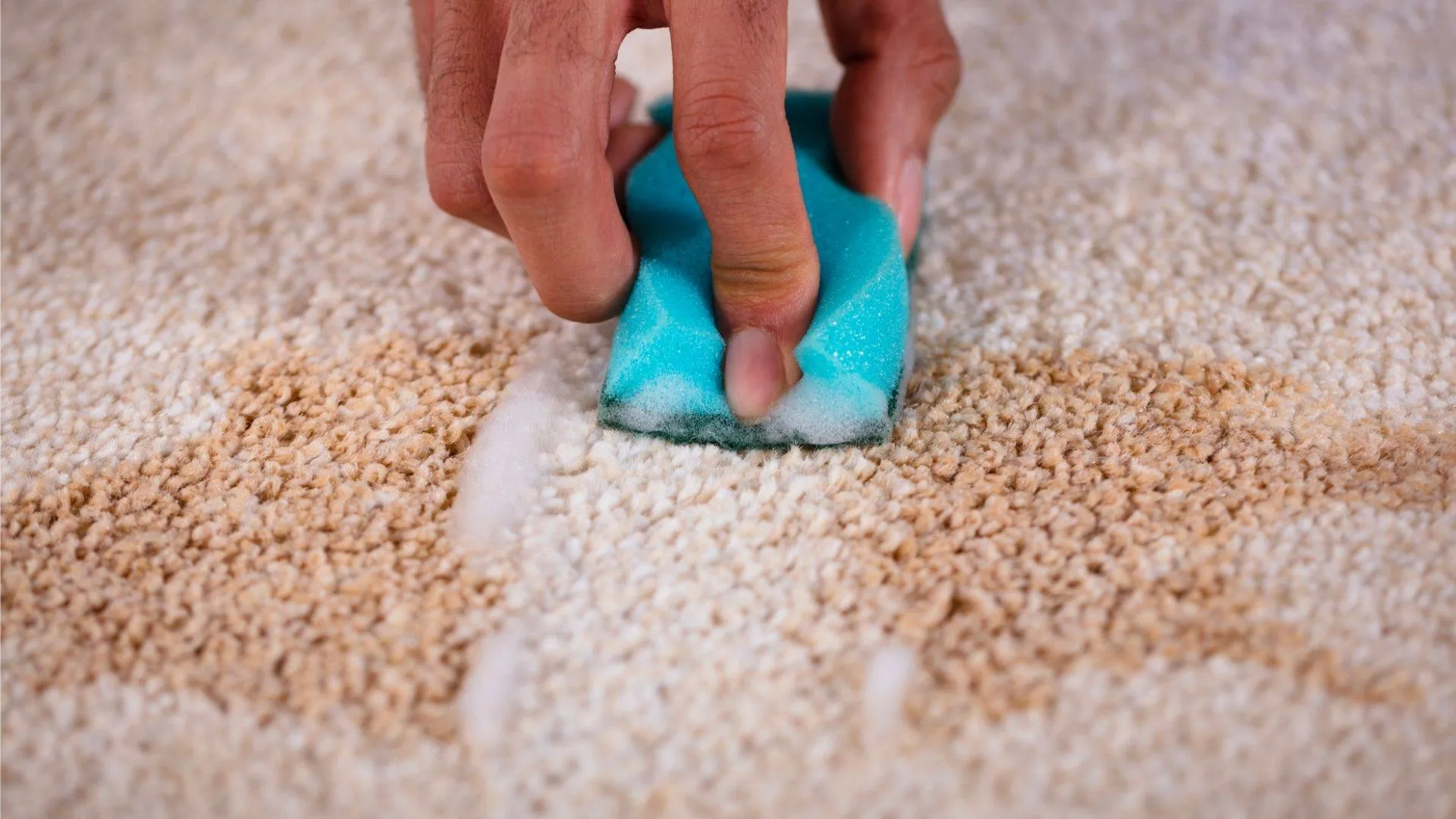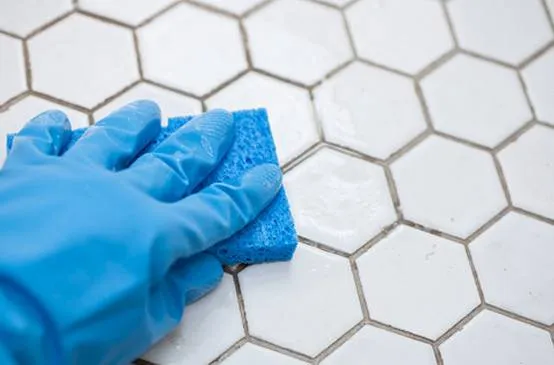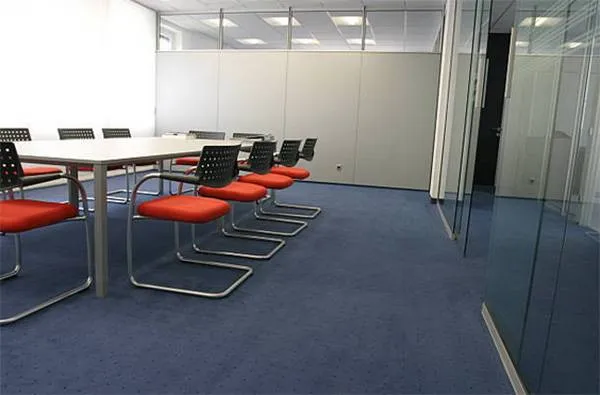How To Clean White Upholstery Without Ruining It

Are you a fan of white upholstery but struggle with keeping it clean? While white furniture can add elegance and sophistication to any room, it’s notorious for being a magnet for dirt, stains, and spills. Regular upholstery cleaning is crucial for maintaining these delicate pieces, as just like how carpets can harbour bacteria and allergens, white upholstery requires special attention to maintain its pristine appearance.
In this comprehensive guide, we’ll walk you through professional techniques for cleaning white upholstery without causing damage. Whether you’re dealing with stubborn stains, spills, or everyday dirt, our expert upholstery cleaning service can help restore your furniture’s beauty. Let’s explore both DIY methods and when to seek professional help.
Determine the Type of Upholstery
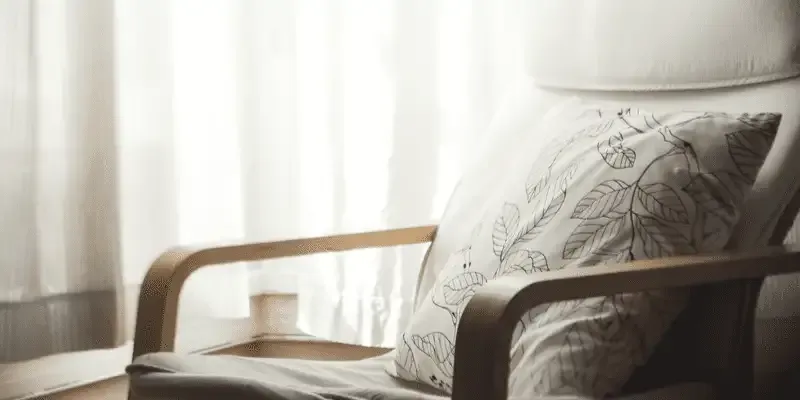
Not all white upholstery is created equal. Different materials require specific cleaning approaches to avoid damage or discoloration. Before starting any cleaning process, check your furniture’s care tag for cleaning instructions. Learn more about different upholstery types and their care.
Common cleaning code symbols:
- W: Water-based cleaner safe
- S: Solvent-based cleaner required
- WS: Either water or solvent-based cleaner
- X: Professional cleaning only - contact us for service
Different Upholstery Types and Their Care
1. Cotton Upholstery

Cotton is durable but prone to shrinkage and fading. Use water-based solutions and soft-bristled brushes. Avoid bleach or harsh chemicals. For tough stains, consider our professional stain removal service.
2. Leather Upholstery
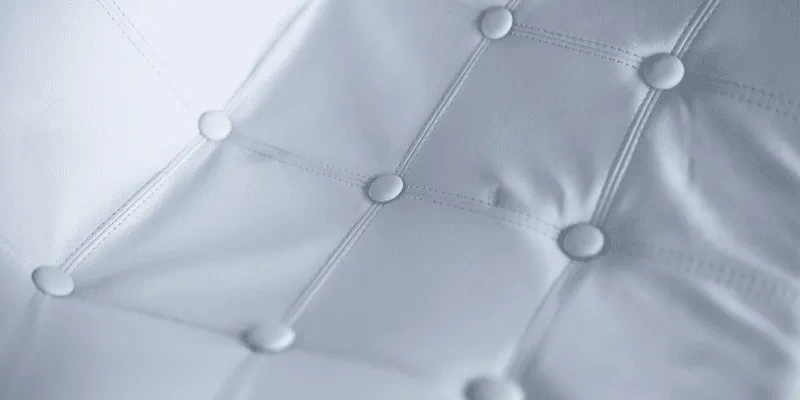
Leather requires specific care products. Use mild soap solutions and avoid alcohol-based products. Learn more about professional leather cleaning.
3. Linen Upholstery
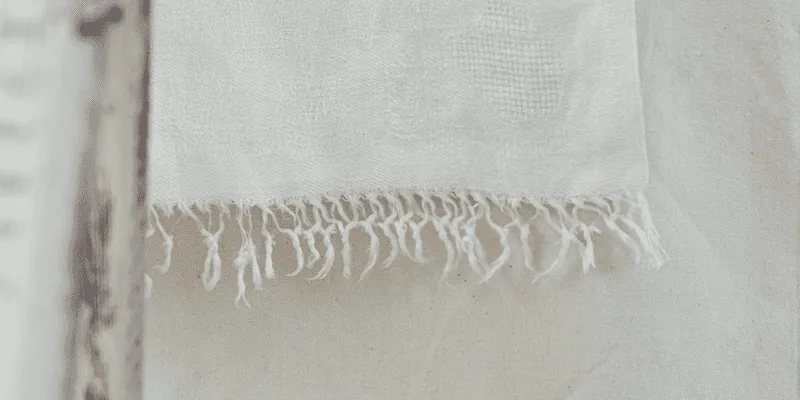
Linen needs gentle cleaning methods. Use mild detergent and warm water. Avoid bleach or strong chemicals. For delicate fabrics, our professional cleaning service ensures safe and effective results.
Pre-Cleaning Steps
Proper preparation is crucial for effective cleaning. Follow these steps:
1. Vacuum Thoroughly
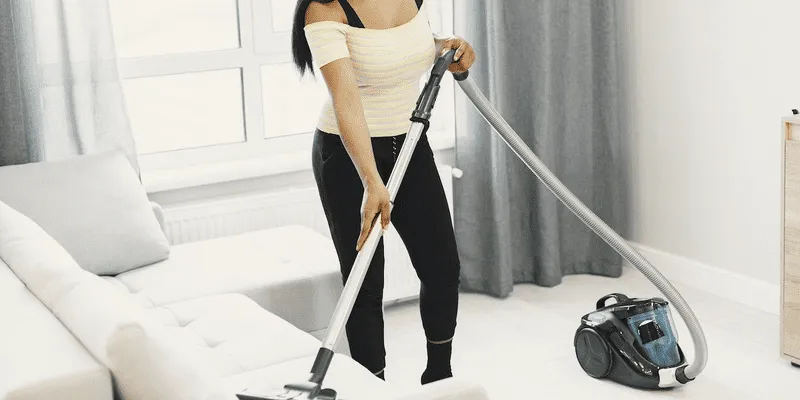
Remove dust, pet hair, and debris using a soft-bristled attachment. Regular vacuuming helps prevent dirt from settling deep into the fabric, similar to how regular carpet cleaning maintains cleanliness.
2. Gentle Brushing
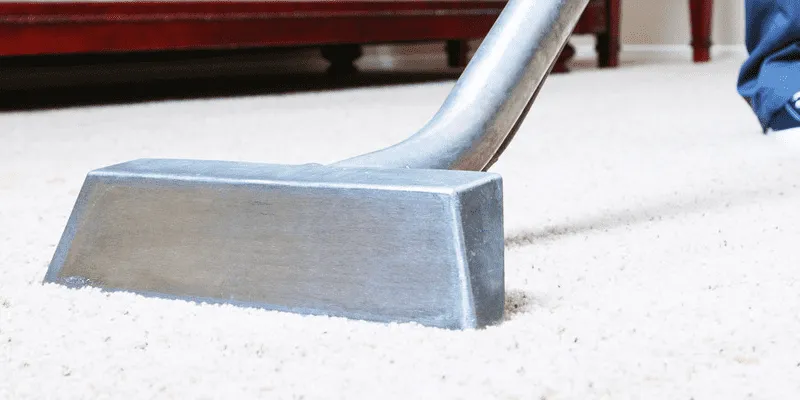
Use a soft brush or dry cloth to remove surface dirt. Avoid harsh brushes that could damage the fabric.
3. Stain Assessment
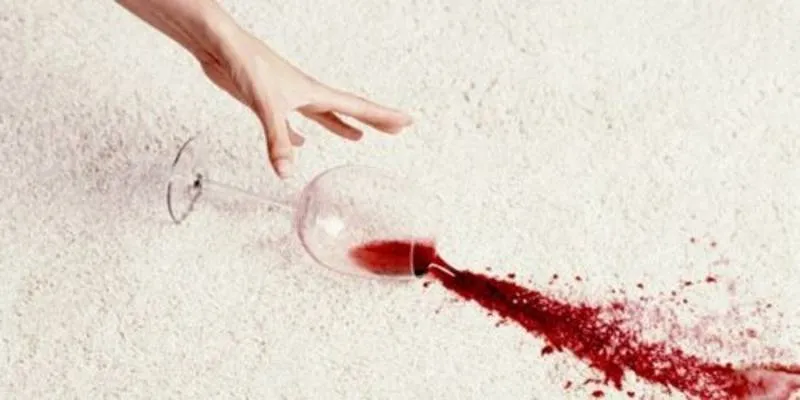
Identify and pre-treat stains before general cleaning. For best results with tough stains, consider our professional stain removal service.
Professional Cleaning Methods
1. Steam Cleaning
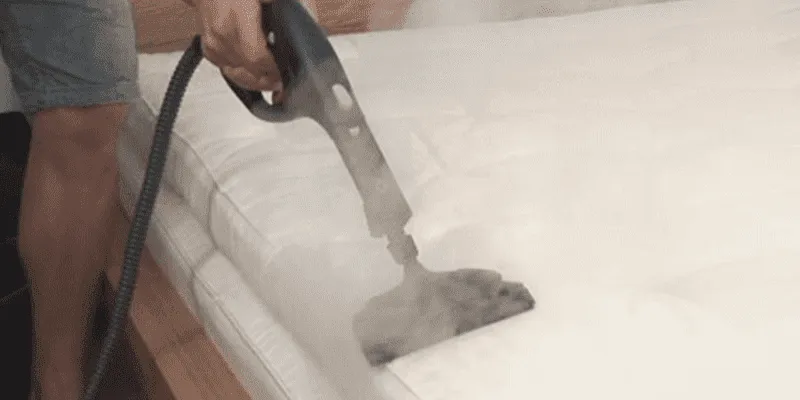
Our professional steam cleaning service uses hot water extraction to:
- Remove deep-seated dirt
- Eliminate bacteria and allergens
- Restore fabric freshness
- Extend furniture life
2. Dry Cleaning
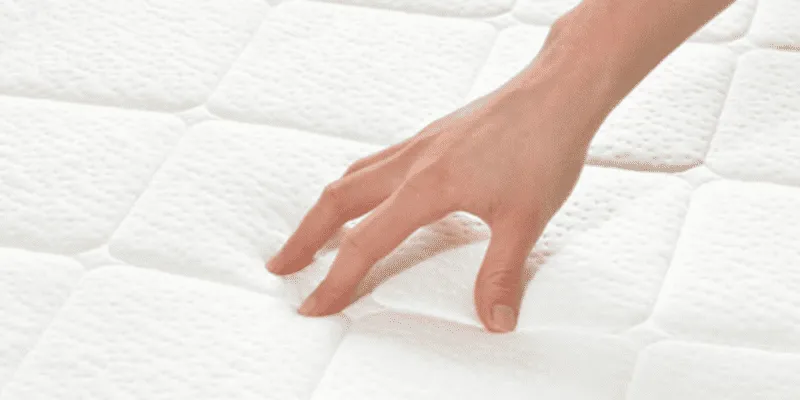
Ideal for delicate fabrics, our professional dry cleaning:
- Prevents shrinkage and damage
- Removes stubborn stains
- Preserves fabric integrity
- Ensures quick drying
3. Spot Treatment
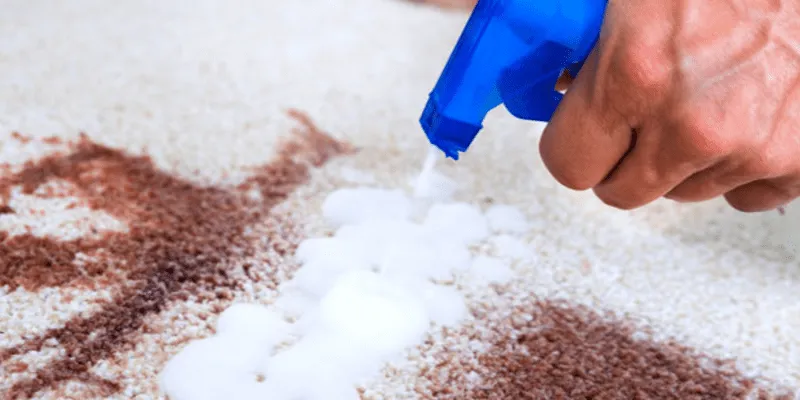
For localized stains, our professional spot cleaning service provides:
- Targeted stain removal
- Fabric-appropriate solutions
- Color preservation
- Long-lasting results
Common Stains and Solutions
Food Stains
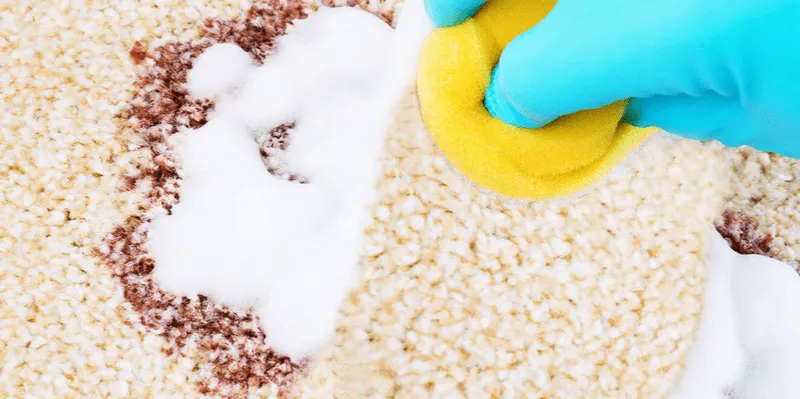
Food stains require prompt attention. Our professional cleaning service can handle:
- Fresh and set-in stains
- Greasy marks
- Color transfers
- Food odours
Drink Stains
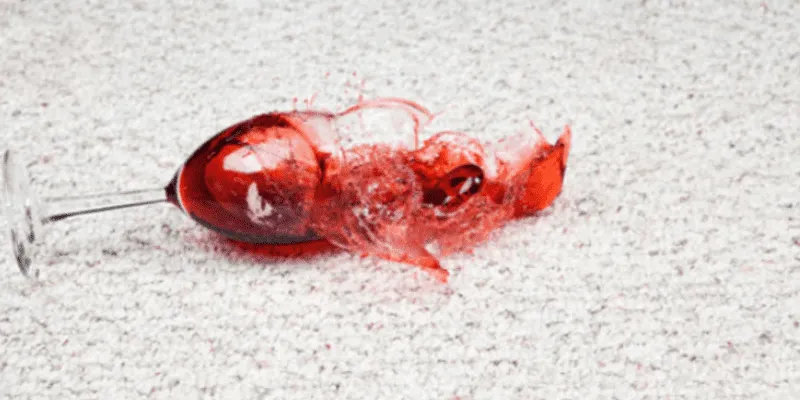
For beverage stains, we offer:
- Immediate stain treatment
- Deep cleaning
- Odour removal
- Fabric protection
Ink and Tough Stains
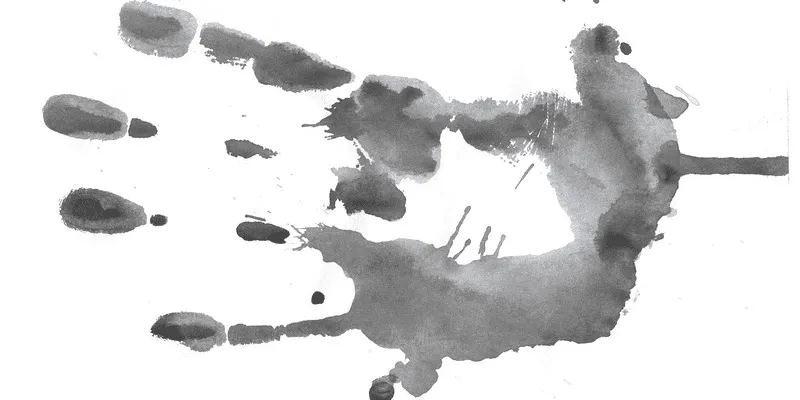
For challenging stains like ink, trust our professional stain removal expertise. We use:
- Specialised solutions
- Advanced techniques
- Safe cleaning methods
- Protective treatments
Maintain Your White Upholstery’s Beauty
Regular maintenance helps preserve your white upholstery’s appearance. Consider:
- Scheduling regular professional cleaning
- Protecting fabric with stain guards
- Addressing spills immediately
- Following proper care instructions
Professional Care When You Need It
While DIY cleaning can help with day-to-day maintenance, professional cleaning ensures the best results. Contact The Carpet Surgeon for:
- Expert upholstery cleaning
- Stubborn stain removal
- Odour elimination
- Fabric protection
Book your professional upholstery cleaning today and keep your white furniture looking pristine.
